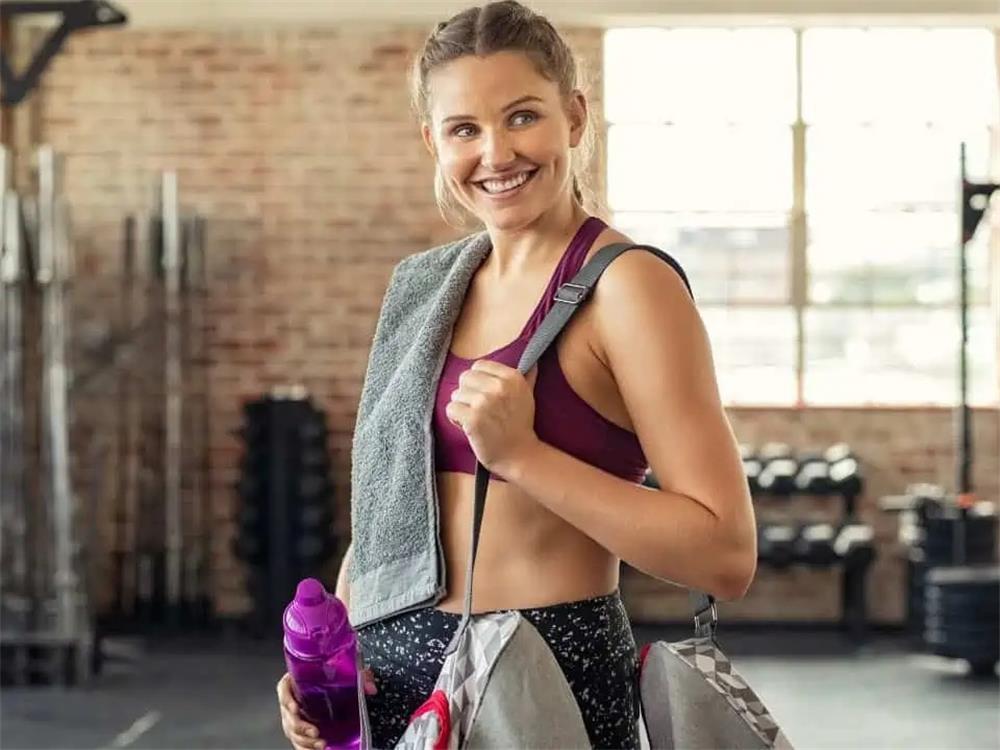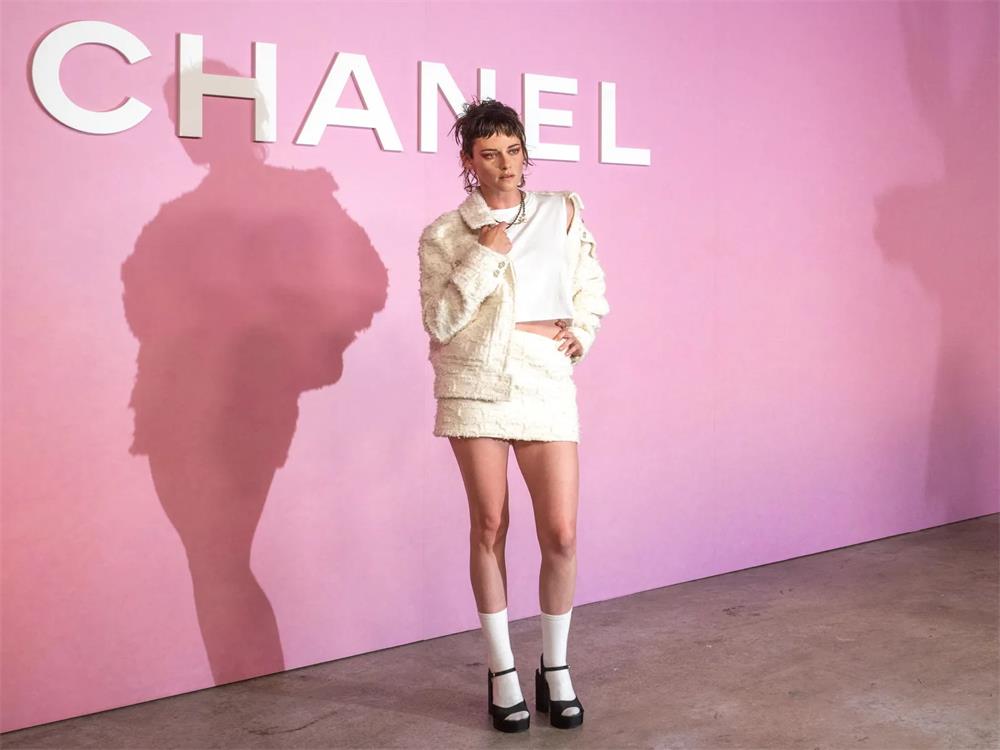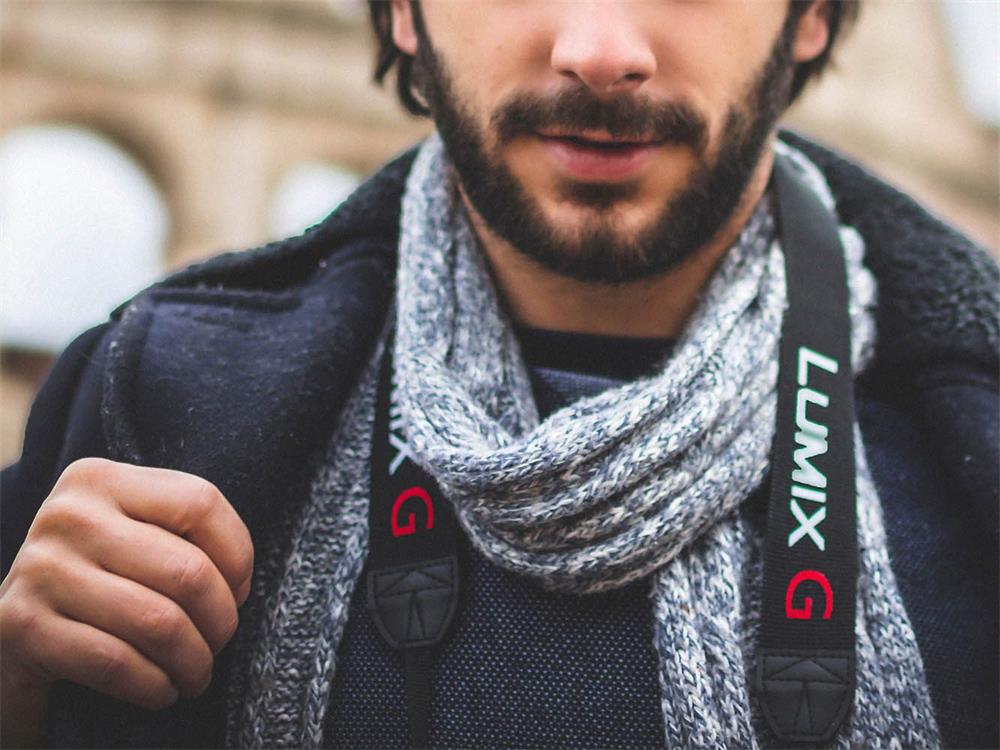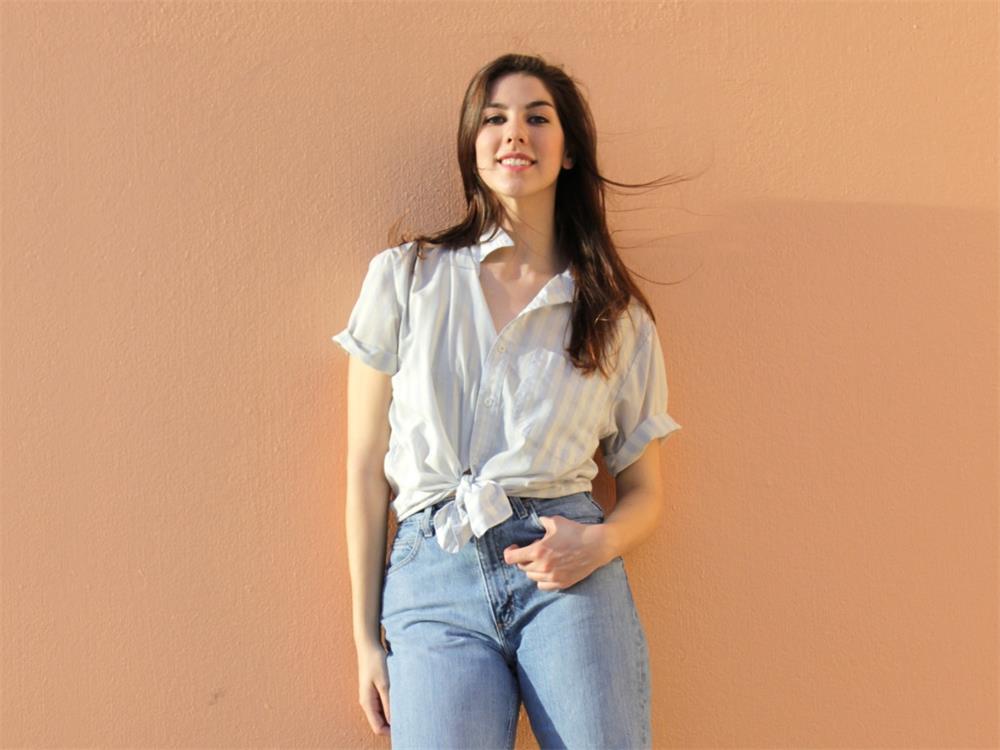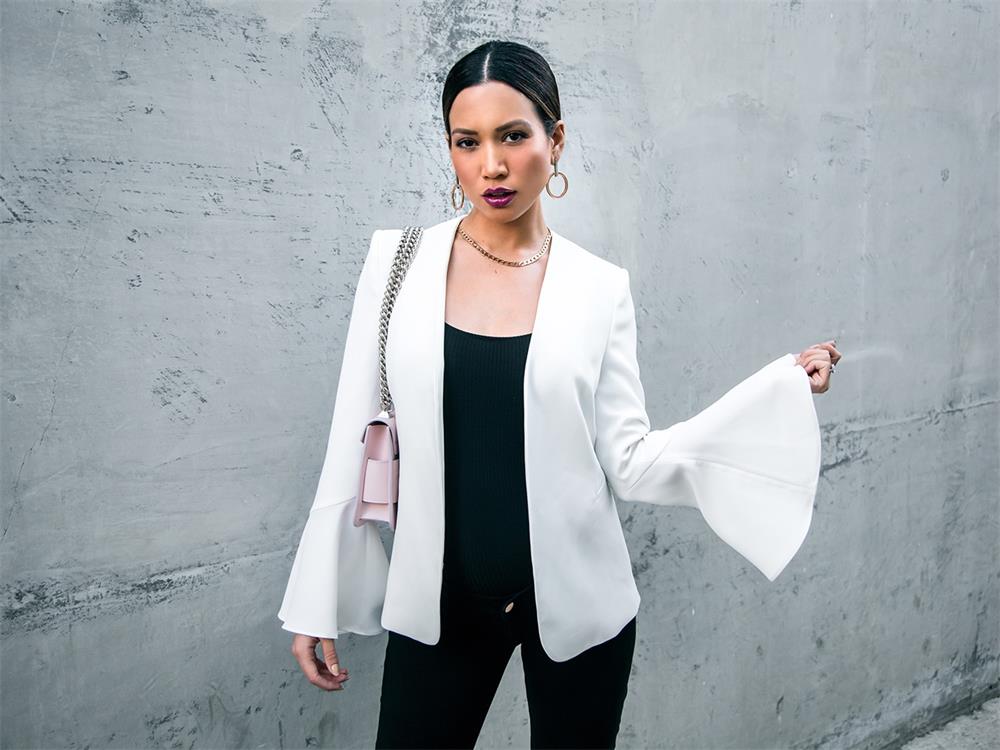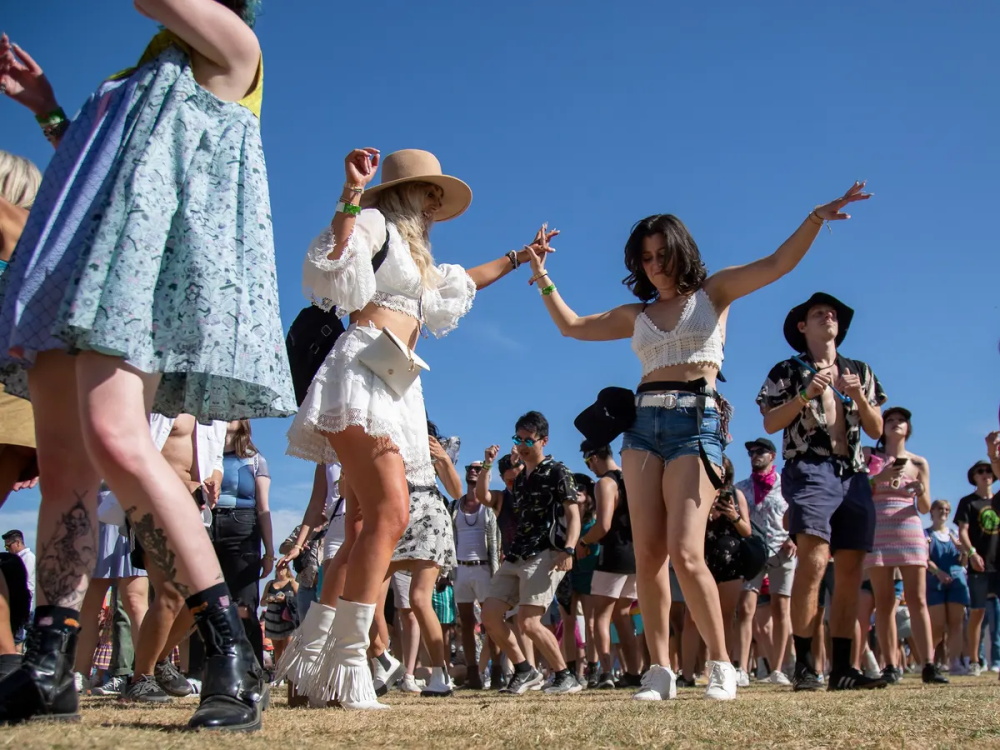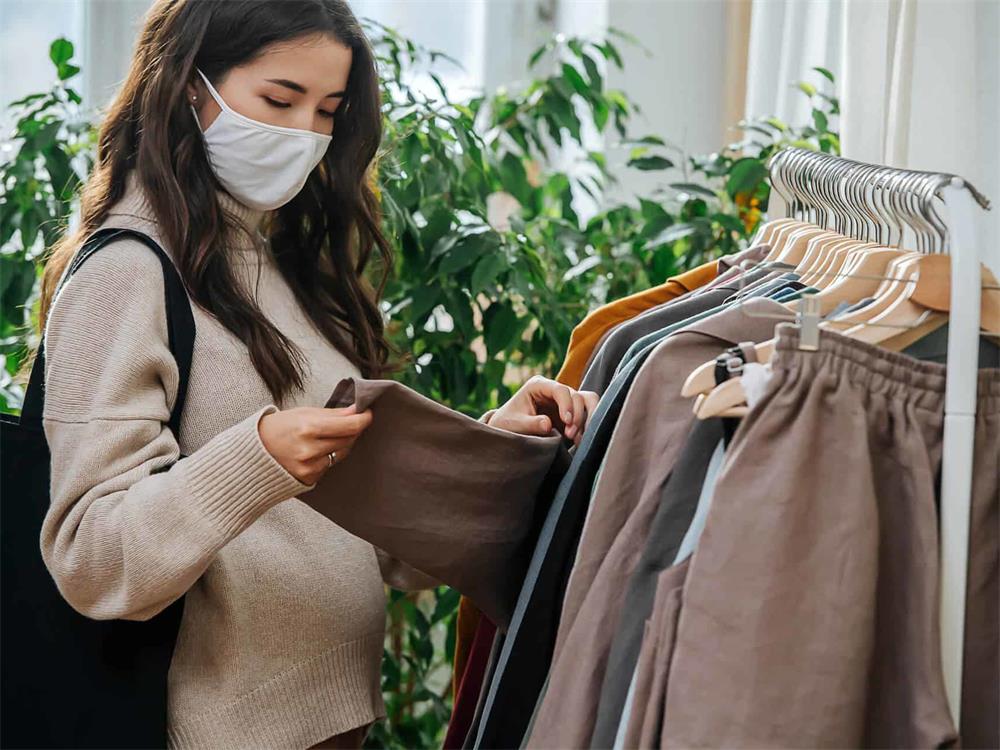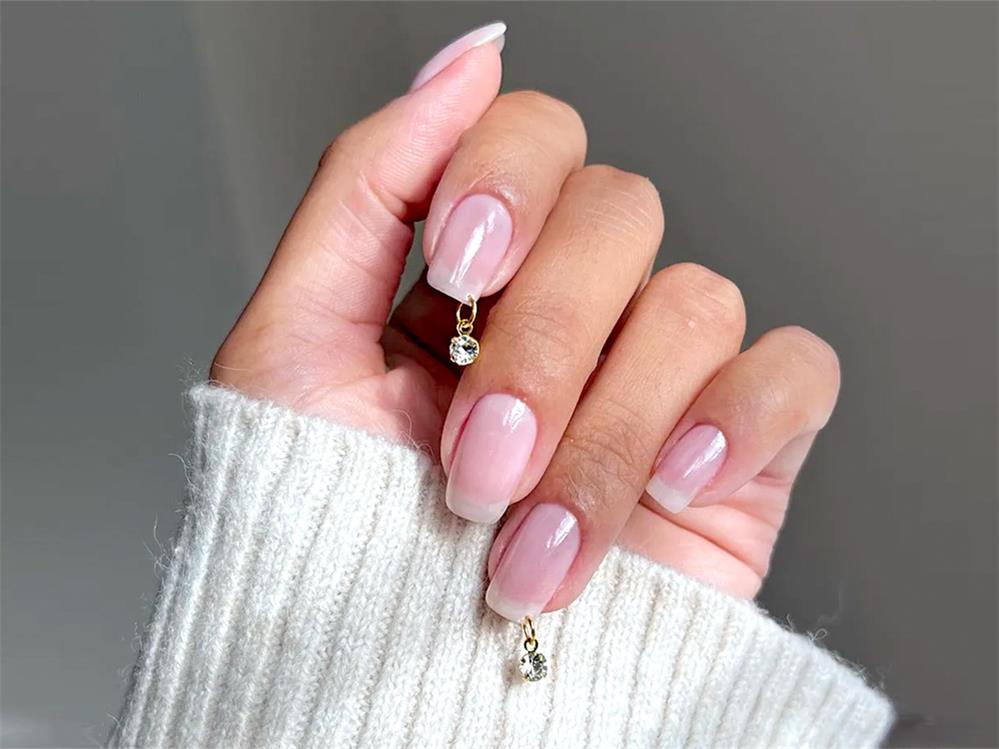Contents
- 1 Why Is It Important to Dress for Success at a Job Interview?
- 2 How to Research the Company’s Dress Code and Culture
- 3 How to Choose an Appropriate Outfit for a Job Interview
- 4 Examples of What to Wear and What Not to Wear in Different Types of Work Environments
- 5 Tips for Dressing for a Job Interview
- 6 Conclusion
A job interview is a crucial opportunity to showcase your skills, qualifications and personality to a potential employer. However, before you can impress them with your answers and achievements, you need to make a good first impression of your appearance. How you dress for a job interview can affect how the interviewer perceives you and how confident you feel during the meeting.
In this article, we will explain why it is important to dress for success in a job interview, how to research the company’s dress code and culture, and how to choose an appropriate outfit that suits your style and the role you are applying for. We will also provide some examples of what to wear and what not to wear in different types of work environments.
Why Is It Important to Dress for Success at a Job Interview?
Dressing for success in a job interview is important for several reasons:
- It shows respect for the interviewer and the company. By dressing professionally and appropriately, you demonstrate that you take the job opportunity seriously and that you care about making a good impression.
- It reflects your personal brand and values. Your outfit can communicate your personality, work ethic, creativity and attention to detail. You want to dress in a way that aligns with your career goals and the company’s mission and vision.
- It boosts your confidence and performance. Wearing an outfit that makes you feel comfortable, confident and prepared can help you relax and focus on the interview questions. It can also help you project a positive attitude and enthusiasm for the role.
How to Research the Company’s Dress Code and Culture
Before you decide what to wear for a job interview, you need to do some research on the company’s dress code and culture. This will help you avoid being over-dressed or under-dressed for the occasion. Here are some ways to find out what the company expects from its employees in terms of attire:
- Visit the company’s website and social media pages. Look at the photos and videos of the employees, the office environment and the events they host or attend. Pay attention to the colors, styles and accessories they wear.
- Read online reviews and testimonials from current or former employees. Look for clues about the company’s culture, values and atmosphere. See if they mention anything about the dress code or how they dress for work.
- Ask your network or contacts. If you know someone who works or has worked at the company, reach out to them and ask them for advice on what to wear for a job interview. You can also ask them about the company’s culture and what they like or dislike about working there.
- Contact the recruiter or hiring manager. If you are unsure about what to wear or have any questions about the interview process, you can email or call the recruiter or hiring manager who invited you for the interview. They can give you more information about the company’s dress code and expectations.
How to Choose an Appropriate Outfit for a Job Interview
Once you have done your research on the company’s dress code and culture, you can start planning your outfit for a job interview. Here are some general tips on how to choose an appropriate outfit:
- Dress for the role you want, not the role you have. Your outfit should match the level of formality and professionalism of the role you are applying for. For example, if you are interviewing for a managerial position, you may want to wear a suit or a dress with a jacket. If you are interviewing for a creative position, you may want to wear something more colorful or trendy.
- Dress one notch above the company’s dress code. Even if the company has a casual dress code, it may benefit you to look more professional than the employer requires than showing up under-dressed. For example, if the company allows jeans and T-shirts, you may want to wear khakis and a polo shirt or a blouse.
- Choose clothing that fits well and flatters your body type. Your outfit should be comfortable, clean and wrinkle-free. It should not be too tight or too loose, too short or too long, too revealing or too conservative. You should be able to move freely and sit comfortably in your clothes.
- Choose clothing that matches the climate and season. To ensure you are comfortable during your interview, try to choose clothes that align with the climate and season. For example, you may not want to wear sandals if it’s snowing outside or wear a wool coat in the summer heat.
- Choose colors and fabrics that convey a sense of professionalism and confidence. The colors and fabrics you wear can affect your mood and how others perceive you. You may want to avoid wearing colors that are too bright, too dark or too flashy. Instead, opt for colors that are neutral, muted or pastel. You may also want to avoid wearing fabrics that are too shiny, too sheer or too noisy. Instead, opt for fabrics that are smooth, soft and breathable.
- Accessorize wisely and sparingly. Accessories can add some personality and style to your outfit, but they should not distract from your face or your message. You may want to avoid wearing accessories that are too large, too colorful, too noisy or too personal. Instead, opt for accessories that are simple, classic and elegant. For example, you may want to wear a watch, a belt, a pair of earrings or a necklace.
Examples of What to Wear and What Not to Wear in Different Types of Work Environments
Depending on the type of work environment you are interviewing for, you may need to adjust your outfit accordingly. Here are some examples of what to wear and what not to wear in different types of work environments:
Formal or Corporate Work Environment
A formal or corporate work environment is one that requires employees to wear suits, ties, dresses or skirts on a daily basis. This type of work environment is common in industries such as finance, law, accounting or consulting. If you are interviewing for a job in a formal or corporate work environment, you may want to wear:
- A dark-colored suit (gray, navy, black or charcoal) with a matching jacket and pants or skirt
- A tailored dress with a matching jacket
- A button-down shirt or blouse in a solid color (white, blue or light pink) or a subtle pattern (stripes or checks)
- A tie in a solid color (red, blue or green) or a simple pattern (dots or stripes)
- Closed-toed shoes, flats or heels in a neutral color (black, brown or nude)
- Classic jewelry that matches your outfit (a watch, a pair of earrings, a necklace or a bracelet)
You may want to avoid wearing:
- A suit that is too flashy, too casual or too outdated
- A dress that is too short, too tight or too low-cut
- A shirt or blouse that is too sheer, too colorful or too wrinkled
- A tie that is too loud, too quirky or too mismatched
- Open-toed shoes, sandals or sneakers
- Jewelry that is too big, too shiny or too noisy
Casual or Creative Work Environment
A casual or creative work environment is one that allows employees to wear jeans, t-shirts, sneakers or other comfortable clothing on a daily basis. This type of work environment is common in industries such as technology, media, advertising or design. If you are interviewing for a job in a casual or creative work environment, you may want to wear:
- A pair of dark-wash jeans (blue or black) with no rips or stains
- A khaki pants or skirt with no wrinkles
- A polo shirt, sweater or cardigan in a solid color (navy, gray or burgundy) or a fun pattern (floral or geometric)
- A blouse, tunic or dress in a bright color (yellow, green or purple) or a trendy style (off-the-shoulder or wrap)
- A blazer, jacket or vest in a neutral color (black, brown or beige) or a contrasting color (red, pink or orange)
- Sneakers, flats or boots in a matching color (white, black or brown)
- Jewelry that reflects your personality and style (a pair of earrings, a necklace, a ring or a scarf)
You may want to avoid wearing:
- Jeans that are too faded, too baggy or too low-rise
- Pants or skirts that are too short, too tight or too casual
- T-shirts that are too plain, too graphic or too offensive
- Sweaters that are too bulky, too pilling or too outdated
- Blouses that are too sheer, too low-cut or too wrinkled
- Sneakers that are too dirty, too colorful or too casual
- Jewelry that is too flashy, too personal or too mismatched
Business Casual Work Environment
A business casual work environment is one that allows employees to wear a mix of formal and casual clothing on a daily basis. This type of work environment is common in industries such as education, healthcare, retail or hospitality. If you are interviewing for a job in a business casual work environment, you may want to wear:
- A pair of dress pants or chinos in a neutral color (black, gray or khaki)
- A skirt or dress that reaches the knee or below in a solid color (navy, green or burgundy) or a simple pattern (plaid or floral)
- A button-down shirt, blouse or sweater in a solid color (white, blue or pink) or a moderate pattern (stripes or dots)
- A blazer, cardigan or jacket in a matching or contrasting color (black, brown or beige)
- Closed-toed shoes, flats or heels in a matching or complementary color (black, brown or nude)
- Jewelry that adds some interest and personality to your outfit (a pair of earrings, a necklace, a bracelet or a brooch)
You may want to avoid wearing:
- Pants that are too casual, too tight or too low-rise
- Skirts or dresses that are too short, too tight or too flashy
- Shirts, blouses or sweaters that are too sheer, too low-cut or too loose
- Blazers, cardigans or jackets that are too formal, too casual or too mismatched
- Open-toed shoes, sandals or sneakers
- Jewelry that is too large, too shiny or too noisy
Tips for Dressing for a Job Interview
Here are some additional tips to help you dress for success in a job interview:
- Plan your outfit ahead of time. Don’t wait until the last minute to decide what to wear for your interview. Give yourself enough time to choose an outfit that suits the company and the role, and to make sure it is clean and ready to wear. You may also want to have a backup outfit in case something goes wrong with your first choice.
- Check the weather forecast. The weather can affect your choice of clothing and accessories. For example, if it is raining or snowing, you may want to wear a coat, an umbrella and boots. If it is hot and sunny, you may want to wear lighter fabrics and sunglasses.
- Dress comfortably and appropriately for the mode of transportation. Consider how you will get to the interview location and how long it will take. If you are driving, you may want to avoid wearing clothes that wrinkle easily. If you are taking public transportation, you may want to avoid wearing clothes that are too bulky or cumbersome.
- Bring a bag that matches your outfit and contains only the essentials. You may want to bring a bag that can hold your resume, portfolio, references and other documents you may need for the interview. However, you should avoid bringing a bag that is too large, too heavy or too cluttered. You should also avoid bringing anything that is unnecessary or inappropriate for the interview, such as food, drinks, gum or headphones.
- Pay attention to your grooming and hygiene. Your outfit is not the only thing that matters when dressing for a job interview. You should also make sure that your hair, nails, skin and teeth are clean and well-maintained. You should also avoid wearing anything that might cause an allergic reaction or discomfort to yourself or others, such as perfume, cologne or makeup.
Conclusion
Dressing for success in a job interview can help you make a positive and lasting impression on a potential employer. By following the tips and examples in this article, you can choose an outfit that suits your style and the role you are applying for. You can also feel more confident and prepared for the interview process.
Remember that your appearance is only one aspect of your candidacy. You should also focus on preparing your answers, researching the company, asking questions, following up and negotiating your salary. By doing so, you can increase your chances of landing your dream job.
I hope this article was helpful to you. Good luck with your job interview! 😊
